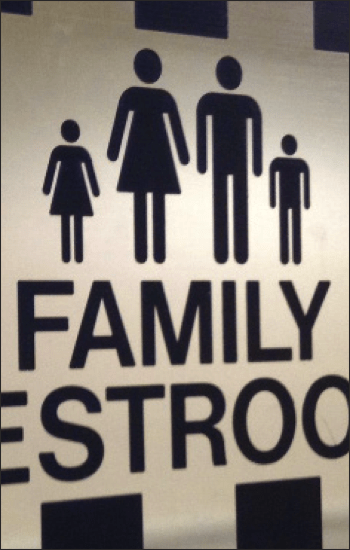by Ruth Griffiths
Spring is in the air. The days are longer; the sun is brighter; my friends have seen or heard Canada geese flying overhead.
But that perennial sign of spring, the CFUW used book sale, will not be making an appearance this spring. Again!
But hang onto your hats … and your books… there might, might, might be a book sale in the fall, SHA willing and the creek don’t rise.
Each spring and fall CFUW Prince Albert offers used books in a space provided by South Hill Mall. The books have all been donated so there isn’t any fixed price for the books. You pick out as many books as you want and pay what you wish. Proceeds of the sale finance seven scholarships for local female students. Customers have been extremely generous over the years, allowing the club to double the amount given to the graduates.
Because of the pandemic, both book sales were cancelled last year. The club will not be holding a used book sale this spring but hopes to hold a book sale in October.
The club did not want to expose its volunteers or its customers to unnecessary risks. For many of us, books are an essential item, but a used book sale is not.
On the other hand, many people have used their time during lockdown to purge their homes. Now they have boxes of books just waiting to be donated to a good cause. Hopefully, those people can hold onto their books just a few more months until they can be brought to the sale.
Some people are moving and can’t wait until the fall to donate their books. If you are unable to wait you can drop off books at the main front door at SHARE, 1750 Sixth Avenue West.
But please, only do this is there are no other options because we don’t want to burden our good friends at SHARE.
I have very much enjoyed being a part of the CFUW book sales. I always look forward to meeting people, welcoming their book donations and sharing in the pleasure of buying a new book treasure. Maybe this year, all that excitement will have to be from behind a face mask. But oh, what a wonderful time we will have.
Maybe, maybe, maybe.

